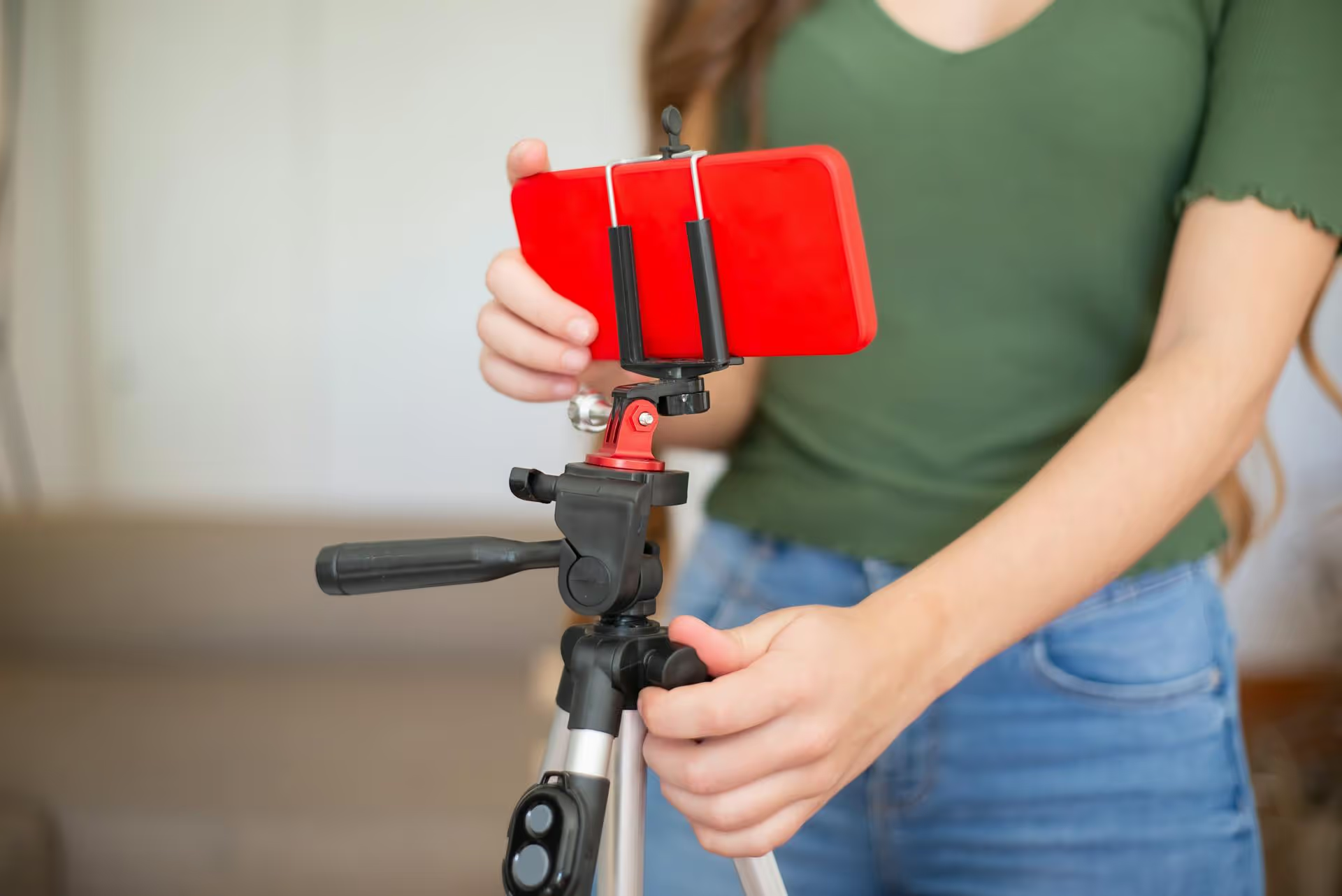How to Add Social Media Icons to an Email Signature
Enhance your email signature by adding social media icons. Discover step-by-step instructions to turn every email into a powerful marketing tool.

Your Facebook Live broadcast doesn't have to end when you click Finish. In fact, that's just the beginning. By editing your live video after it's over, you can transform a raw, in-the-moment stream into a polished piece of evergreen content that works for you long after the initial audience has tuned out. This guide will walk you through exactly how to edit your Facebook Live videos using Facebook's own tools and when it makes sense to use external software for more advanced changes.
Going live is about capturing authentic, unscripted moments, so why refine it afterward? Because editing serves a different purpose: maximizing the long-term value of your content. A few quick edits can turn a good live session into a fantastic, replayable asset.
Here's why it's worth the effort:
Think of it this way: the live broadcast is for the immediate audience interaction. The edited version is for everyone else, forever.
For most basic edits, you don't need fancy software. Facebook has built-in tools that are perfect for trimming your video and optimizing its presentation. The interface has changed over the years from Creator Studio to Meta Business Suite, but the process remains straightforward.
First, you need to locate your video. The easiest way to do this is through Meta Business Suite, which is Facebook's central hub for managing professional content.
This will open up the video editing interface, where you can make all your changes.
This is the most common and impactful edit you'll make. Cutting out the awkward waiting period at the start and the clunky sign-off at the end immediately improves the replay experience.
Pro Tip: While you're at it, if you had a major stumble or a long, silent pause somewhere in the middle, you can't splice it out with Facebook's tool. But for simple trims, it works perfectly.
While you're in the "Edit post" window, don't miss the chance to polish the surrounding information. This helps your video get discovered through search and gives viewers a better idea of what to expect.
If your live video was long and covered several distinct topics (like a workshop or a detailed Q&A), adding chapters is a huge favor to your viewers. Chapters break the video into navigable sections, allowing people to jump directly to the parts they care about most.
Facebook's tools are great for the basics, but what if you want to do more? What if you want to add background music, insert branding like a logo or lower-third titles, or create a fast-paced highlights reel? For that, you'll need to download the video and use external editing software.
It's time to go beyond Facebook's built-in tools when you want to:
This process sounds technical, but it's more straightforward than you might think.
Editing your Facebook Live doesn't just mean cleaning it up. It also means chopping it up. Your long-form live video is a pillar piece of content. After polishing the main video, your final step should be to mine it for micro-content.
Go back through your timeline and find the best moments:
Each of these can be clipped into a 15-60 second vertical video. Add captions (since most people watch with the sound off), and you suddenly have a week's worth of content for Instagram Reels, TikTok, and YouTube Shorts - all derived from one broadcast.
Taking a few minutes to edit your Facebook Live video transforms it from a disposable, in-the-moment event into a lasting asset for your brand. Trimming content with Facebook's native tools, or adding professional polish with external software gives your content a second life and allows you to reach a far wider audience over time.
Once you've edited and repurposed your live video into clips for every platform, the next step is getting it all scheduled. We built Postbase to solve this exact problem. With our visual content calendar, you can easily plan and schedule your polished VOD, your short-form clips, and any promotional graphics to go out across all your platforms, making sure you get the most mileage out of your content without the organizational headache.
Enhance your email signature by adding social media icons. Discover step-by-step instructions to turn every email into a powerful marketing tool.
Learn how to add your Etsy link to Pinterest and drive traffic to your shop. Discover strategies to create converting pins and turn browsers into customers.
Grant access to your Facebook Business Manager securely. Follow our step-by-step guide to add users and assign permissions without sharing your password.
Record clear audio for Instagram Reels with this guide. Learn actionable steps to create professional-sounding audio, using just your phone or upgraded gear.
Add translations to Instagram posts and connect globally. Learn manual techniques and discover Instagram's automatic translation features in this guide.
Optimize your Facebook Business Page for growth and sales with strategic tweaks. Learn to engage your community, create captivating content, and refine strategies.
Wrestling with social media? It doesn’t have to be this hard. Plan your content, schedule posts, respond to comments, and analyze performance — all in one simple, easy-to-use tool.